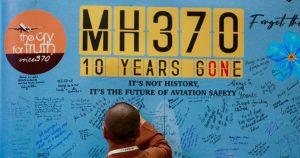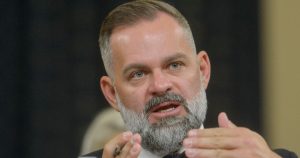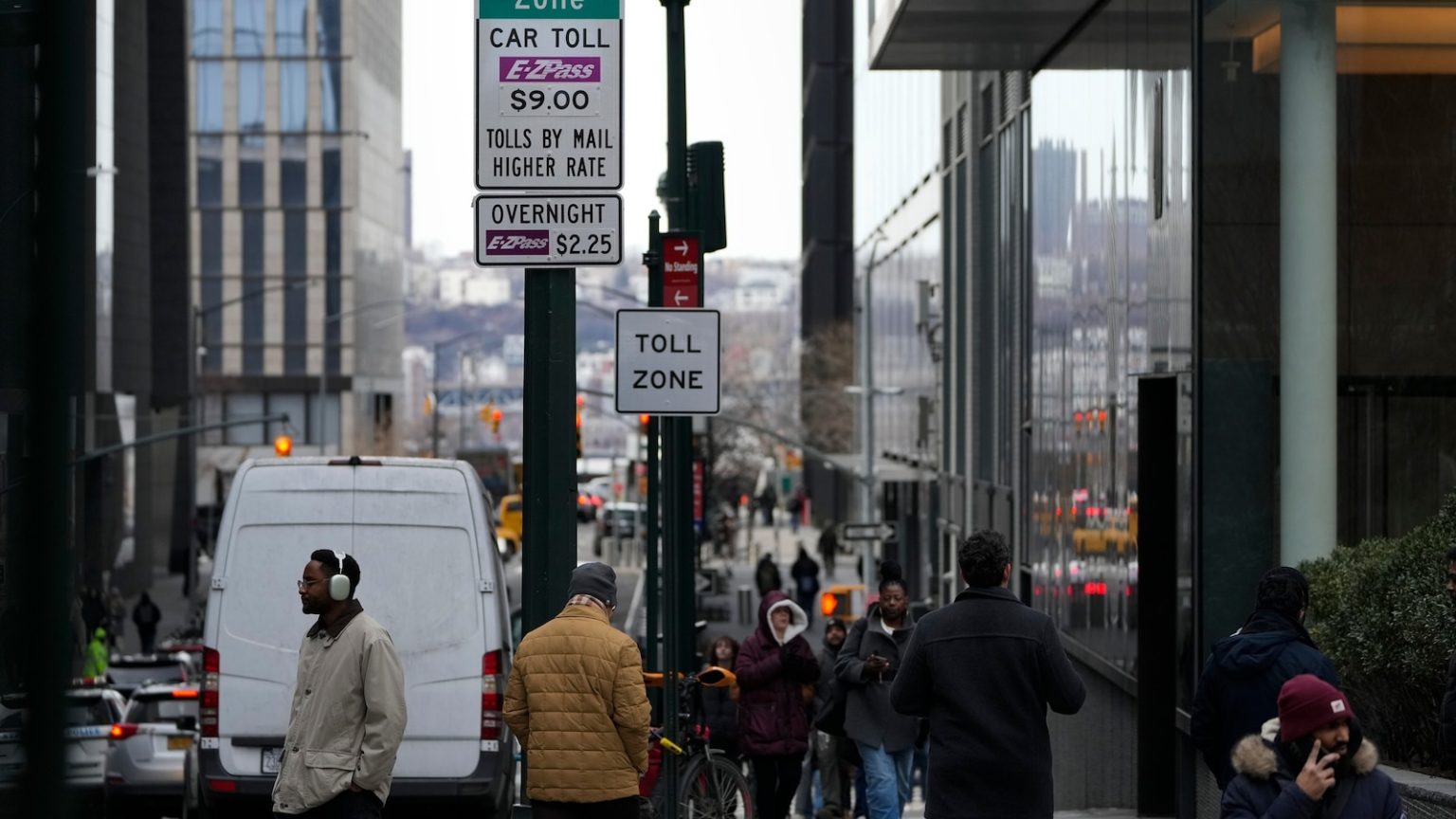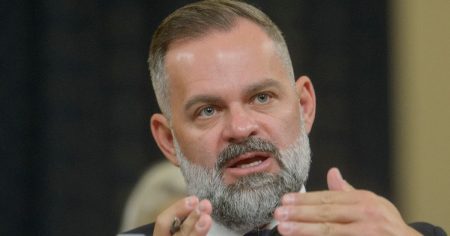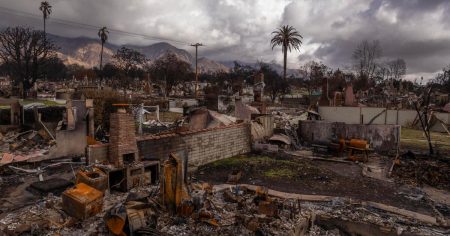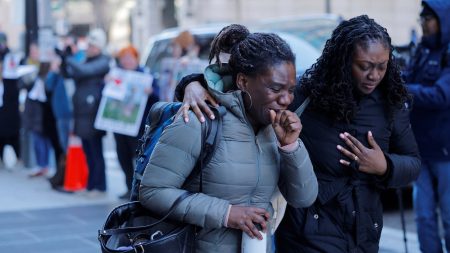New York City’s Congestion Pricing Program: A New Era in Traffic Management
Revenue Generation and Initial Success
New York City’s congestion pricing program has made a robust debut, generating nearly $50 million in revenue during its first month of operation. From January 5 to January 31, the program collected $48.66 million in tolls, with the Metropolitan Transportation Authority (MTA) reporting a net revenue of $37.5 million after accounting for operational expenses. This strong start aligns with projections, as the MTA anticipates the program will bring in $500 million in net revenue by the end of the year. These funds are expected to play a crucial role in financing much-needed improvements to the city’s public transit system, including subways, bridges, and commuter rails.
MTA Chief Financial Officer Kevin Willens expressed optimism about the program’s future, stating, "With an initial performance in line with projections, we can confidently move forward with projects that rely on funds from the Congestion Relief Zone. We look forward to seeing similar results in the coming months." This positive outlook is a testament to the program’s potential to ease traffic congestion while simultaneously Generating revenue for transportation infrastructure.
Federal Pushback and Political Controversy
Despite the program’s initial success, it has hit a roadblock on the federal level. The U.S. Department of Transportation has revoked its approval of the plan, following a review requested by President Donald Trump. Transportation Secretary Sean Duffy argued that the "scope of this pilot project as approved exceeds the authority authorized by Congress" under the Federal Highway Administration’s Value Pricing Pilot Program. In a letter to New York Governor Kathy Hochul, Duffy questioned the program’s legality and fairness.
President Trump celebrated the DOT’s decision on his social media platform, Truth Social, declaring, "CONGESTION PRICING IS DEAD. Manhattan, and all of New York, is SAVED. LONG LIVE THE KING!" This statement reflects the polarizing nature of the program, with opponents framing it as an overreach of authority and supporters highlighting its potential benefits for traffic reduction and transit funding.
Legal Challenges and the Future of Congestion Pricing
The MTA has swiftly responded to the federal reversal, challenging the DOT’s decision in federal court. MTA Chair and CEO Janno Lieber emphasized that the program will continue to operate until the court issues a ruling. The MTA is seeking a declaratory judgment to assert the legality of the program and ensure its continuation. This legal battle underscores the high stakes involved in implementing congestion pricing, a concept that has been debated for years in New York City.
While the Trump administration has halted federal approval, Transportation Secretary Sean Duffy has not entirely dismissed the idea of congestion pricing. In an interview with CBS News, Duffy expressed openness to some form of congestion pricing but criticized the current pricing structure, particularly the tolls for passenger vehicles and commercial vehicles. This suggests that while the program may face significant political hurdles, there is still room for negotiation and refinement.
How Congestion Pricing Works in NYC
The congestion pricing plan charges drivers varying tolls based on the type of vehicle and the time of day. Passenger vehicles are charged $9 to enter Manhattan below 60th Street during peak hours, while small trucks and charter buses pay $14.40, and large trucks and tour buses face a $21.60 toll. These fees are intended to discourage excessive traffic in one of the city’s most congested areas, while also raising revenue for public transit upgrades.
The MTA’s data from the first month of the program reveals that passenger vehicles accounted for 68% of the revenue, followed by taxis and for-hire vehicles at 22%, trucks at 9%, and buses and motorcycles at 1%. This breakdown highlights the diverse range of users impacted by the program, from everyday commuters to commercial operators.
Easing Traffic and Improving Transit
Despite the political turmoil, New York officials are touting the program’s early success in reducing traffic congestion. Governor Kathy Hochul recently stated that congestion has "dropped dramatically" since the program’s implementation. By discouraging drivers from entering the most traffic-prone areas during peak hours, congestion pricing aims to create a more efficient traffic flow and improve air quality, benefiting both drivers and residents.
The MTA has signaled its commitment to fighting for the program’s survival, recognizing its importance not only as a revenue source but also as a tool for addressing the city’s chronic traffic challenges. As the legal battle unfolds and the program’s future remains uncertain, one thing is clear: congestion pricing has sparked a vital conversation about the balance between traffic management, urban planning, and funding for public transportation in one of the world’s most densely populated cities.
